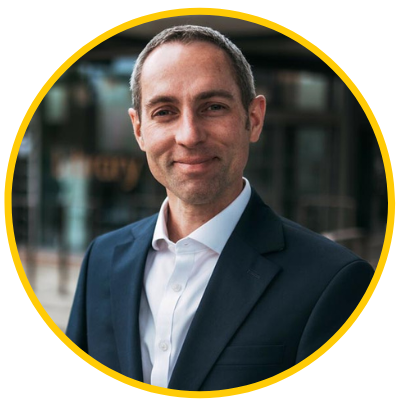
Change conversations at scale: Transformation insights from workload planning and organisational development
Dr Gareth Williams
Associate Dean – International, Recruitment and Strategy
Nottingham Trent University
Alastair Wilson
Associate Director for Organisational Development and Culture
Nottingham Trent University
Universities increasingly need to adapt because of internal and external pressures. Beyond financial pressures, the fourth industrial revolution’s workforce demands and the growth of generative AI tools change what students and society expect from university degrees. What this means is that adapting to a rapidly changing landscape is crucial for a university’s survival. Understanding how to change, as much as what to change, will increasingly become an important leadership quality.
One of the major projects we have undertaken at our institution transformed our approach to academic workload planning. This project began with the team that transitioned the institution to a new workload software platform. We saw an opportunity to develop a refreshed approach that was rooted in our university’s core values and our Empowering People strategic ambition.
Over the course of an 18-month project that involved professional services and academic stakeholders, our team delivered a principles-led approach. Academic schools now have defined ownership of the process with human resource team support. We moved from a reliance on quantification to an approach involving informed conversations that were integrated into our appraisal process. Our work was highly commended at our institution’s 2023 teams excellence award.
The project also reflected a shift in approach from Organisational Development (OD) colleagues. The OD team was in a period of transition itself, moving from a more traditional learning and development provider to a more strategic enabler of change. OD has become embedded in existing infrastructure to provide bespoke consultancy and coaching services that support organisational growth and design. Beyond policy and infrastructure, what OD’s transition and the work-loading change project achieved was a shift in the discourse and an emerging cultural change at the institution.
In facilitated discussion sessions led by OD, we reflected on how our team had engaged in a university-wide transition. Several key themes arose, namely: the role our planning took in enacting change, our focus on people in the organisation, and our change conversations.
Planning
In planning the project, we gave thought to the academic cycle. It helped to consider when the key beats of workload activity take place. We made sure the project’s purpose was clear from the start and that it was aligned with our institution’s strategy and values. It was important to consider the project’s scope. It was likely that a project about workload would promote a wider discussion about academic work. We recognised that change is rarely linear and that letting go of older approaches can be difficult. It helped to draw on Kubler-Ross’ change curve (1969); from change to acceptance, people go through a range of experiences.
People
Having the right people on the project board was important, as was vertical institutional support. Two members of the university’s executive team were project board senior sponsors. The delivery mechanism mattered in affecting change, who was going to have the change conversations within academic schools. We identified who was best placed in each of our faculties to create cultural change and invited them to be part of the project team. This involved discussions with faculty executive teams to find individuals with the expertise and connections to create change. We recognised they would need support through the stages of team development and so drew on Tuckman’s (1965) stages of group formation to inform our approach. This helped us design sessions with the group’s current stage in mind.
Change Conversations
We recognised the need to have change and development conversations as the project progressed. These conversations progress the project, leading to cultural change in workload practices. We spent the early phase of the project listening to stakeholders, considering their concerns and questions. Accommodating and addressing these insights informed our dialogue and communications at different levels. We looked at where messaging would best resonate. We set the context through university-wide communications and then specific messaging at a local level. At the local level, we saw each of the eight faculties as separate stakeholders and tailored our messaging and dialogue to their different profiles. In our messaging, we looked for ways to de-escalate the anxiety that change might cause. Our team included members of the internal communications team, who were important in setting the tone of the messaging to help move the institution to acceptance of the principles-led approach.
Summary
Creating change that is accepted is challenging in a large-scale organisation. The case study here showed that, through working as an interdisciplinary team of academic and professional services colleagues, change was possible. We engaged in change with three core approaches: planning, people, and change conversations. This approach was intertwined with, and reflected, a journey OD were also taking to move from a training provider towards becoming a responsive team of consultants embedded in the organisation, creating change through conversation with teams. In a sector facing considerable turbulence, knowing what to change is important, but learning how to change sets institutions apart.





